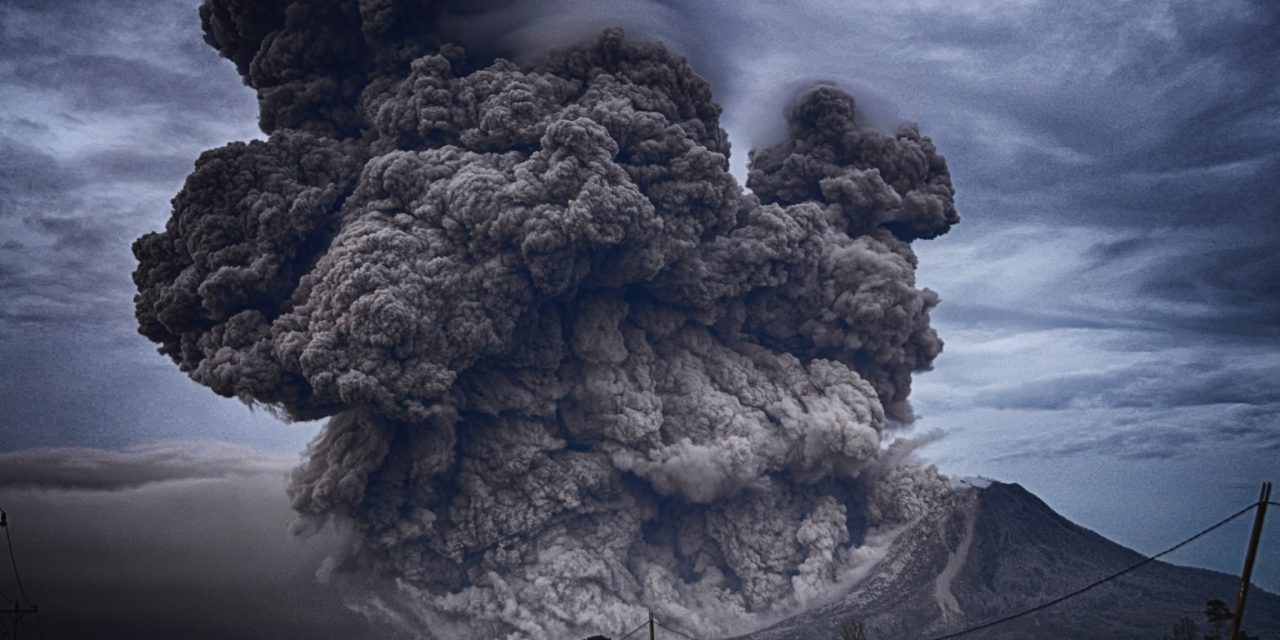 If you work, or have employees working, in a “hot zone” — an area affected by civil unrest, limited infrastructure, environmental risks or geographical challenges — you can’t always stop when things get, well, hot. Work may need to continue whether it’s on a construction site, oil rig, in a corporate office or elsewhere.
If you work, or have employees working, in a “hot zone” — an area affected by civil unrest, limited infrastructure, environmental risks or geographical challenges — you can’t always stop when things get, well, hot. Work may need to continue whether it’s on a construction site, oil rig, in a corporate office or elsewhere.
I know the risks and pitfalls companies may face while working in hot zones, especially after working for an oil company in Yemen during the Arab Spring and the civil war. That was likely one of the most challenging global security environments I’ve encountered.
“Sometimes a location is not a hot spot but the next day it is,” said John Morris, a Global Rescue director of account management and a former paramedic field supervisor, reflecting on his work to evacuate U.S. students from their Russian study abroad program in advance of the conflict with Ukraine. “Getting the support you need to leave a situation when it becomes risky is huge. It can protect your people, and it also protects you from reputational harm.”
Whether it’s long-term temporary work abroad or short-term business trips, if you have staff travelling for your company then you have to ensure you meet your legal duty of care obligations. “Duty of care today is different than the duty of care three years ago. Duty of care evolves with the times, and the old plans aren’t good enough anymore. New plans have to happen because the world has changed,” said legal travel risk expert Jeffrey Ment, managing partner of The Ment Law Group.
The top five situations employees and their company leaders face when they are operating in a hot zone include:
- Civil unrest: There was extreme civil unrest during the Arab Spring, and the government and military response intersected with where my company was operating in the capital city of Sana’a. The protest and response activity significantly restricted the company’s mobility; employees could not travel between their homes and the office. The airport was often inaccessible.
- Communication difficulties: Local cell service can be poor and, in some cases, the government may be monitoring communication. While in Yemen, my team worked around this using satellite internet, satellite phones, messaging devices and trackers.
- Local laws: Tribal disputes that included armed conflict were also a threat in the field. Tribal warfare would often break out and the weapons used were modern and deadly. While this is not typical for most global companies, it does illustrate how local issues can affect company safety and productivity.
- Medical emergencies: Should a medical emergency happen, it can often become difficult to find the right health care in a hot zone. In addition, the availability and standards of health care may not match what is needed to help injured or sick employees.
- Unpredicted natural disasters: Nobody wants to imagine a security emergency abroad. But if you’re travelling or working internationally, then the possibility of unpredicted natural disaster is always present. Being proactive and preparing for this possibility could mean the difference between a safe departure and be trapped in a dangerous situation out of your control.
A Mountain of Risks
There’s a mountain of risks that come with doing business in a hot zone. If your company doesn’t yet have a provider to address these issues, it is time to invest in mitigating these critical risks. Companies need someone with the experience to tell them what is possible. Someone who understands the risks and can think strategically to help you work around them, or avoid them altogether.
Each time your employees embark on business travel, it takes a fresh analysis of the destination and the potential risks on the ground to set them up for success. Risks can also depend on the employee. Do they have pre-existing health conditions? Will they be participating in dangerous excursions or site visits? A unique, deep dive into the risks associated with each trip is ideal.
Company leaders need to plan for the worst and have a written Emergency Action Plan detailing the appropriate response to various emergencies. An emergency action plan maps out procedures for different scenarios, such as civil unrest, communications disruptions, unexpected natural disasters or when a travelling employee has a heart attack overseas.
Written By Harding Bush
Harding Bush is a former Navy SEAL and manager of security operations for Global Rescue, the world’s leading provider of medical, security, evacuation and travel risk management services.



















